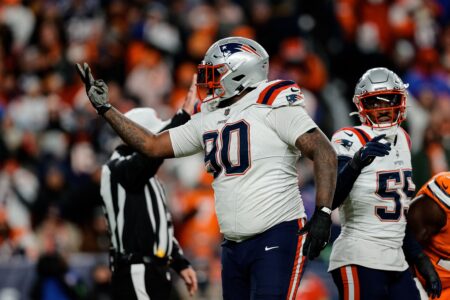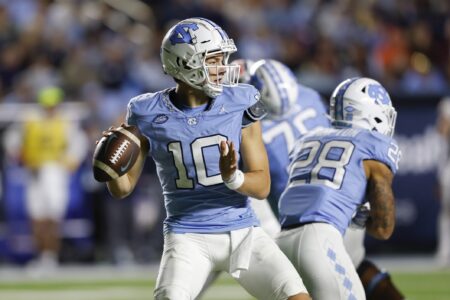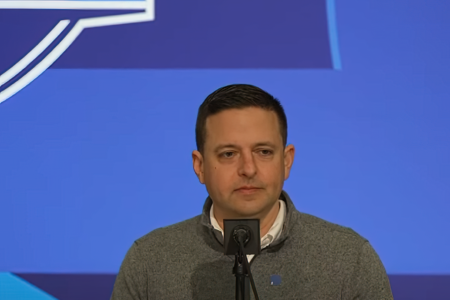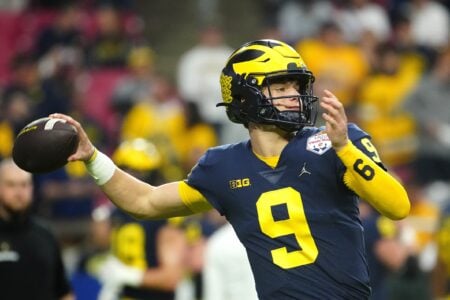- Joined
- Feb 8, 2005
- Messages
- 43,545
- Reaction score
- 24,135
The league needs to change the rules regarding how the footballs are checked prior to the start of this season.
It needs to purchase 32 identical pumps and have the pumps and their gauges certified by the National Standards and Measures.
It needs to purchase 64 air gauges and have those gauges certified as well..
Each team will provide 12 balls in a bag with said teams LOGO on the bag.
One pump and 2 gauges will then be sent in a locked case to each football stadium to be put in each official's locker-room. Only the officials will have a key to open said case.
The referee and one official from each team will be present when the balls are checked via the NFL provided gauges.
The referee will then check each of the footballs provided by both teams, recording the psi accordingly.
The Referees will be required to inflate/deflate the balls so that they are within 12.5-13.5 psi, noting which one.
The Referee will then be responsible for bringing the bags out to the field and handing the bags to each teams respective ball boy..
This is the only way to ensure this doesn't happen again.. Put the responsibility where it belongs. On the Officials.
It needs to purchase 32 identical pumps and have the pumps and their gauges certified by the National Standards and Measures.
It needs to purchase 64 air gauges and have those gauges certified as well..
Each team will provide 12 balls in a bag with said teams LOGO on the bag.
One pump and 2 gauges will then be sent in a locked case to each football stadium to be put in each official's locker-room. Only the officials will have a key to open said case.
The referee and one official from each team will be present when the balls are checked via the NFL provided gauges.
The referee will then check each of the footballs provided by both teams, recording the psi accordingly.
The Referees will be required to inflate/deflate the balls so that they are within 12.5-13.5 psi, noting which one.
The Referee will then be responsible for bringing the bags out to the field and handing the bags to each teams respective ball boy..
This is the only way to ensure this doesn't happen again.. Put the responsibility where it belongs. On the Officials.

















